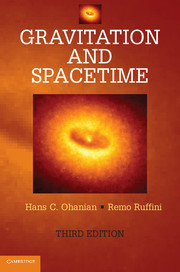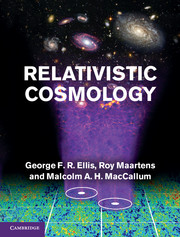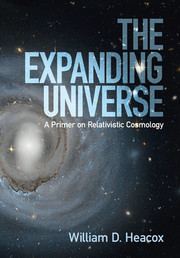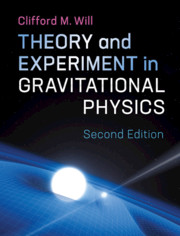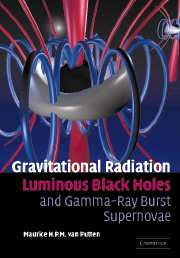Gravitation and Spacetime
The third edition of this classic textbook is a quantitative introduction for advanced undergraduates and graduate students. It gently guides students from Newton's gravitational theory to special relativity, and then to the relativistic theory of gravitation. General relativity is approached from several perspectives: as a theory constructed by analogy with Maxwell's electrodynamics, as a relativistic generalization of Newton's theory, and as a theory of curved spacetime. The authors provide a concise overview of the important concepts and formulas, coupled with the experimental results underpinning the latest research in the field. Numerous exercises in Newtonian gravitational theory and Maxwell's equations help students master essential concepts for advanced work in general relativity, while detailed spacetime diagrams encourage them to think in terms of four-dimensional geometry. Featuring comprehensive reviews of recent experimental and observational data, the text concludes with chapters on cosmology and the physics of the Big Bang and inflation.
- Offers a multifaceted and up-to-date introduction to general relativity for advanced undergraduates and graduate students
- Grounds students in Newtonian theory, Maxwell's equations, and 4-D geometry using as little mathematics as possible, emphasizing both quantitative and qualitative learning
- Diagrams, exercises, and extensive problem sets at ends of chapters encourage discussion beyond the text
Reviews & endorsements
"A most welcome updated third edition of this splendid textbook on gravitation and spacetime, which provides an excellent introduction to the mathematical and physical foundations underlying our current understanding of the physics and astrophysics of neutron stars, black holes, and gamma ray bursts."
Riccardo Giacconi, Nobel Laureate and University Professor, Johns Hopkins University
"This is by far the best grad level text in gravitational physics. It starts by showing that the natural Lorentz invariant generalization of Newton’s scalar potential is a tensor, a perturbation of the usual Lorentz metric. The equivalence principle is then used to derive the full equations of GR. The last half of the book gives a beautiful treatment of black holes and the current model of Big Bang cosmology."
Roy P. Kerr, Prof. Emeritus, University of Canterbury, Christchurch, New Zealand
"The third edition of this wonderful book combines even more perfectly than the previous editions the beauty of Einstein’s General Relativity with the physics of stars, galaxies, and the cosmos. It manages to do this in only 500 pages in a pedagogical masterpiece that should be a must for any graduate student in theoretical physics."
Hagen Kleinert, Professor of Physics, Freie Universität Berlin, Germany, and ICRANet Pescara, Italy, and Nice, France
"The best book on the market today of 500 pages or less on gravitation and general relativity."
John Wheeler, Princeton University [commenting on the first edition]
"I wish I had owned this book when I was trying to teach myself General Relativity for the first time."
The Observatory
Product details
April 2013Hardback
9781107012943
546 pages
254 × 178 × 30 mm
1.18kg
205 b/w illus. 24 tables 468 exercises
Available
Table of Contents
- Preface
- 1. Newton's gravitational theory
- 2. The formalism of special relativity
- 3. The linear approximation
- 4. Applications of the linear approximation
- 5. Gravitational waves
- 6. Riemannian geometry
- 7. Einstein's gravitational theory
- 8. Black holes and gravitational collapse
- 9. Cosmology
- 10. The early universe
- Appendix: variational principle and energy-momentum tensor
- Answers
- Index.

